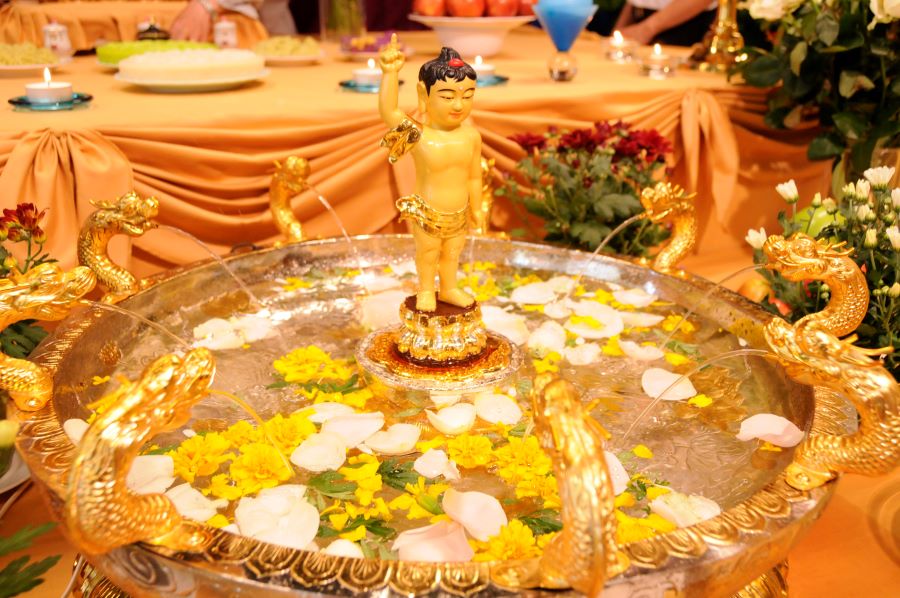Date: 26 May 2021
Vesak is one of the most important Buddhist festivals, and also known as Wesak or Buddha Day. It is a celebration of the birth, enlightenment and the passing away of the Buddha.
Vesak is celebrated once each year and it take places on the first full moon of the ancient lunar month of Vesakha, which usually falls in May or early June.
In the Southeast Asia region, the name of Vesak is locally varied by country, like as: Myanmar (Fullmoon day of Kason), Indonesia (Hari Raya Waisak), Laos (Vixakha Bouxa), Malaysia (Hari Wesak), Thailand (Wisakhabucha) and Vietnam (Phật Đản). Each buddhist culture has its own traditions for the day.
Devout buddhists and followers usually go to their local temples to sing hymns in praise of the holy triple gem (the Buddha, the Dharma (his teachings) and the Sangha (his disciples)) and may bring simple offerings of flowers, candles and joss-sticks, do good deeds, take part in chanting and meditation, reflect on buddhist teachings and share food with people. Also birds, insects and animals are released as a symbolic act of liberation.

Some temples also display a small statue of the Buddha in front of the altar in a small basin decorated with flowers, and filled with water or sweet tea for devotees to pour over the statue. This is symbolic of the cleansing of a practitioner’s bad karma, and to reenact the events following the Buddha’s birth, when devas and spirits made heavenly offerings to him.
If you travel to the Southeast Asia region during this festival, it will be a great opportunity to witness and learn more about the local culture, religion and tradition.
